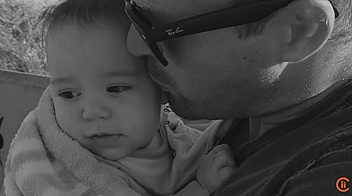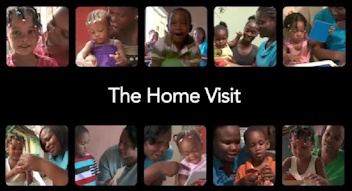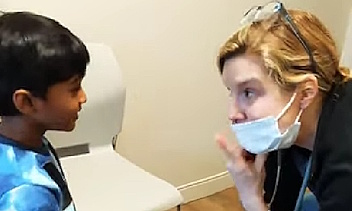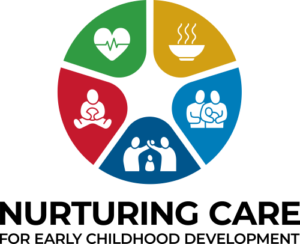The Role of the Health Sector in Supporting Parents and their Caregiving Potential
Supporting parents and caregivers requires a whole-of-society approach, with coordinated responses from the health, education, social services, private and other sectors. This brief focuses on the role of the health sector specifically.Read More →








